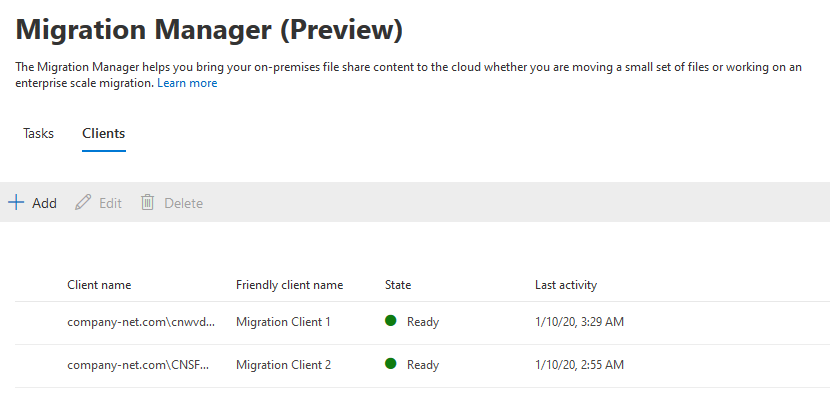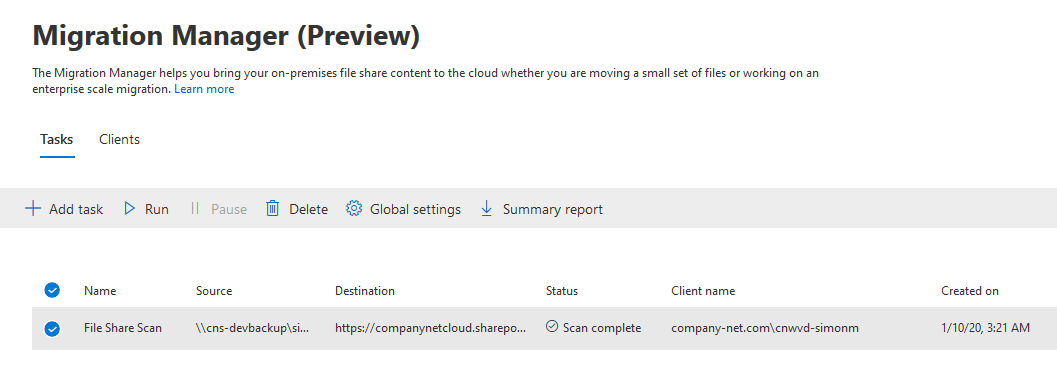Microsoft are getting ready to introduce a new tool to help you migrate on-premises SharePoint data to SharePoint Online. Our Solution Architect, Stuart McLaughlin, takes a look at what’s in store.

The SharePoint Migration Tool (SPMT) has been around for a few years now, available to all Office 365 customers. It helps IT administrators to migrates files from SharePoint on-premises document libraries or regular file shares to SharePoint Online.
Although it was initially quite limited (and a bit unstable), there have been significant improvements in the years since it was launched.
In the meantime, third-party migration tools such as ShareGate Desktop have provided a richer user interface. They are still arguably better at complex migrations, although the SPMT can be considered alongside them when evaluating migration tools.
One of the issues for large volume migrations is that there is an overhead of managing this in terms of setting the configuration, running the job and checking status / output etc for each batch.
Most migration tools are installed locally on a desktop, hence if multiple migration machines are used then this overhead increases accordingly. The concept of ‘load balancing’ to make most effective use of available resources is also very difficult to implement.
A new approach
To address this, Microsoft have introduced the SharePoint Migration Manager as a feature of SharePoint Online.
Migration Manager is located in the SharePoint Admin Centre and provides a centralised function to connect migration machines, create and manage task and automatically load balance the execution. It is limited to file shares sources at the moment, but will be expanded to SharePoint 2016 and 2019 sources in future.
Technically SPMT and Migration Manager are separate products/services, however we would expect that they are using the same utility in the background, so our recent experience with SPMT is a good indicator.
Setting up the Migration Manager is very straightforward to set up.

The first step requires downloading a utility to each Migration client and setting this up. Once complete, the machine will appear in the clients list on the Migration Manager portal.

Once a migration client has been set up, then migration tasks can be configured and executed, with the status and any logs made available through the Migration Manager portal.

Where multiple clients and tasks have been set up, the Migration Manager will use the available resources in the most effective manner, so it should optimise the migration process.
The Migration Manager feature isn’t going to be suitable or useful for everyone, but it does provide another tool for those organisations who are looking to manage file large migrations in a more effective manner.
It will be particularly useful for those organisations who are using multiple machines to run migration by providing a central view of the status.
The Migration Manager is current in preview but is expected to be generally available in February 2020. You can find out more and get started with Migration Manager on Microsoft’s website.
Migration can be a headache, but CompanyNet are here to help. Drop us a line to find out what we can do for your organisation.
